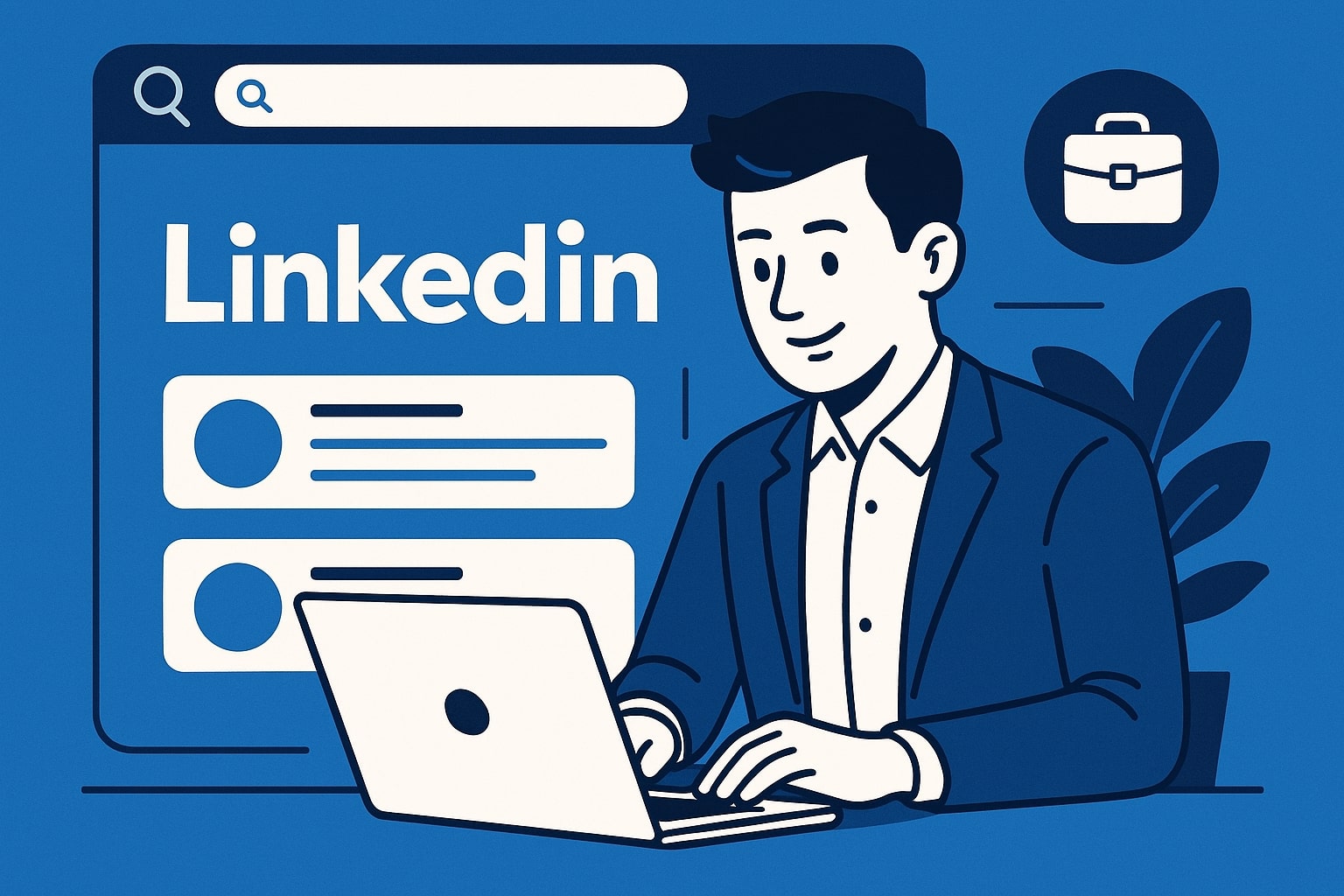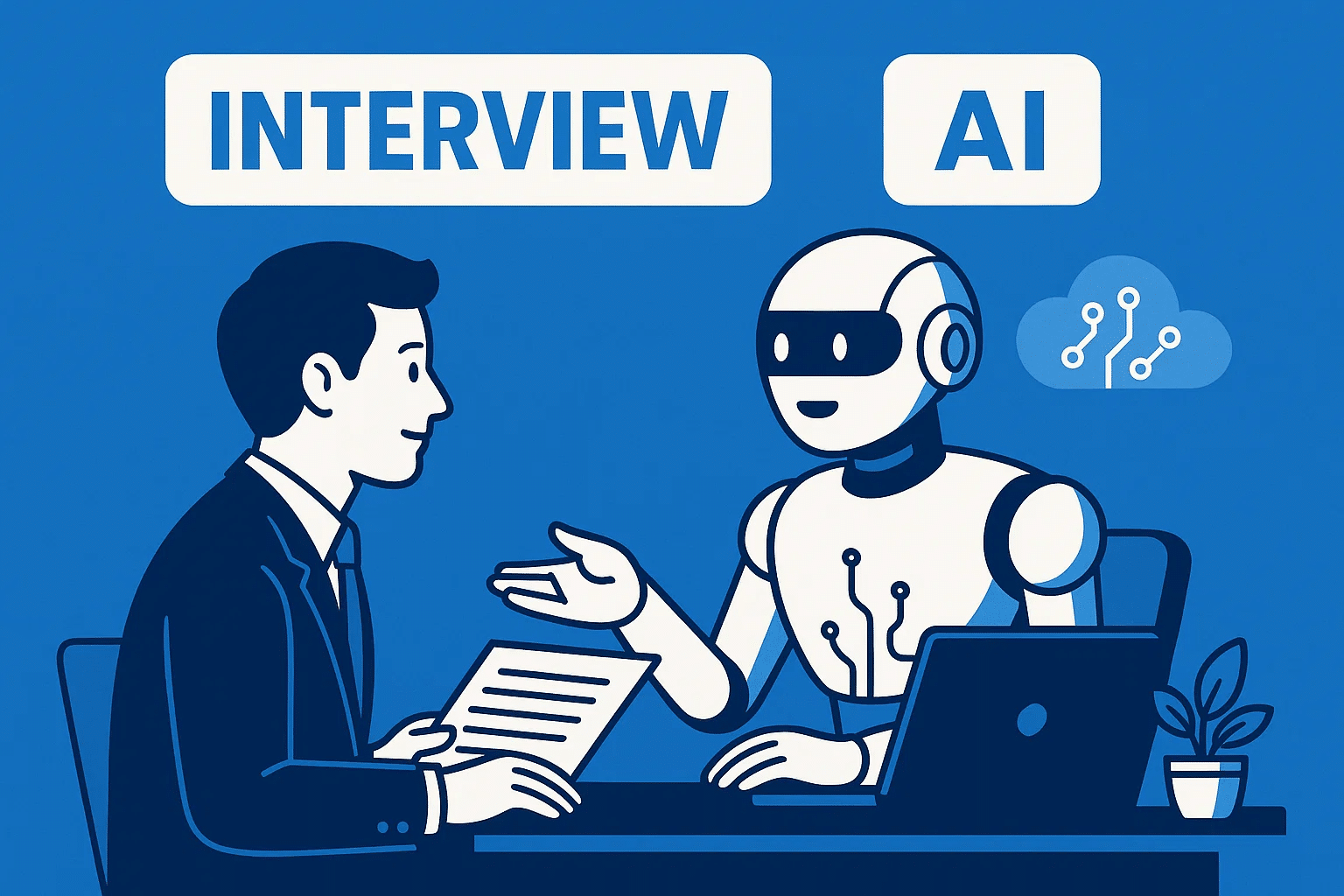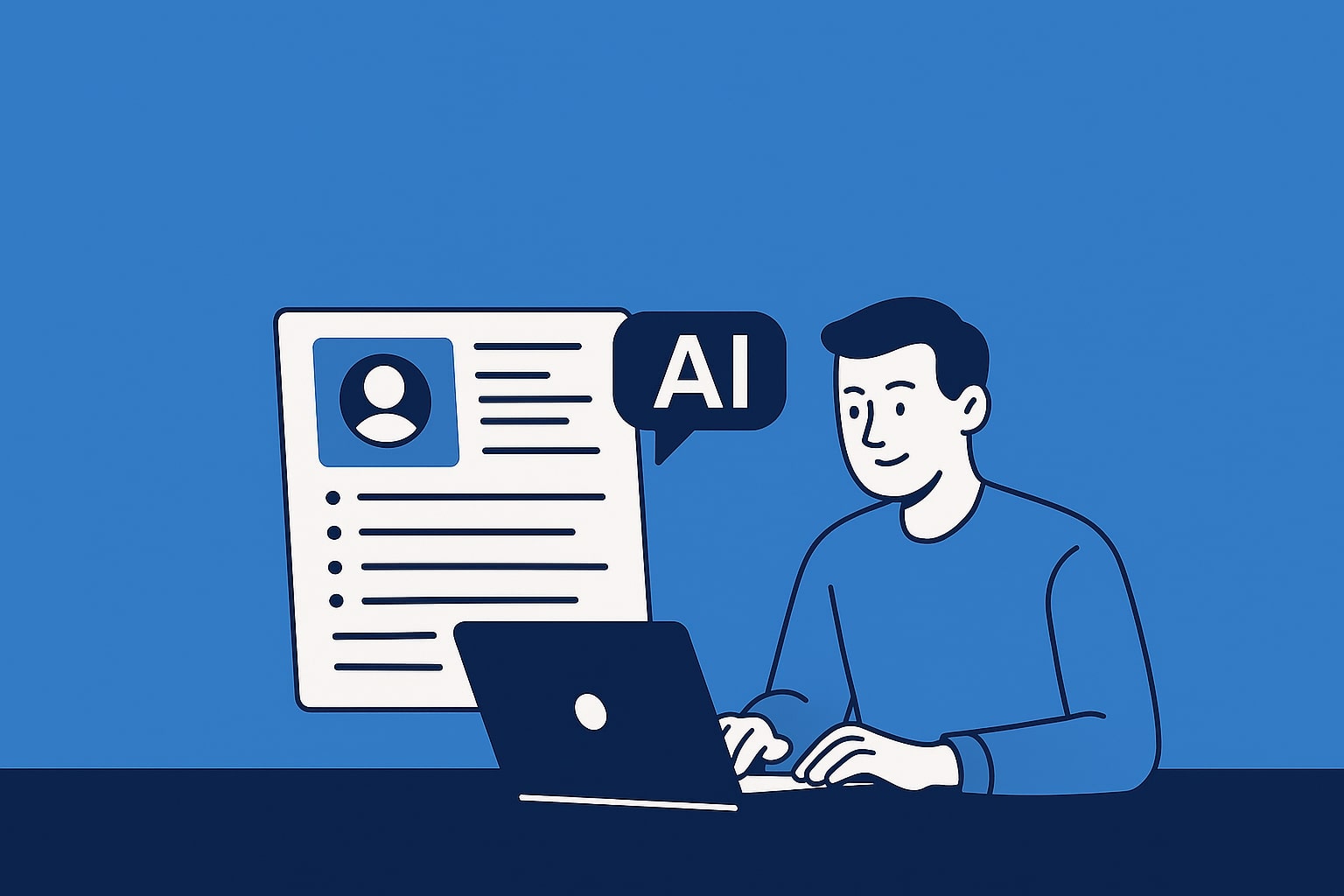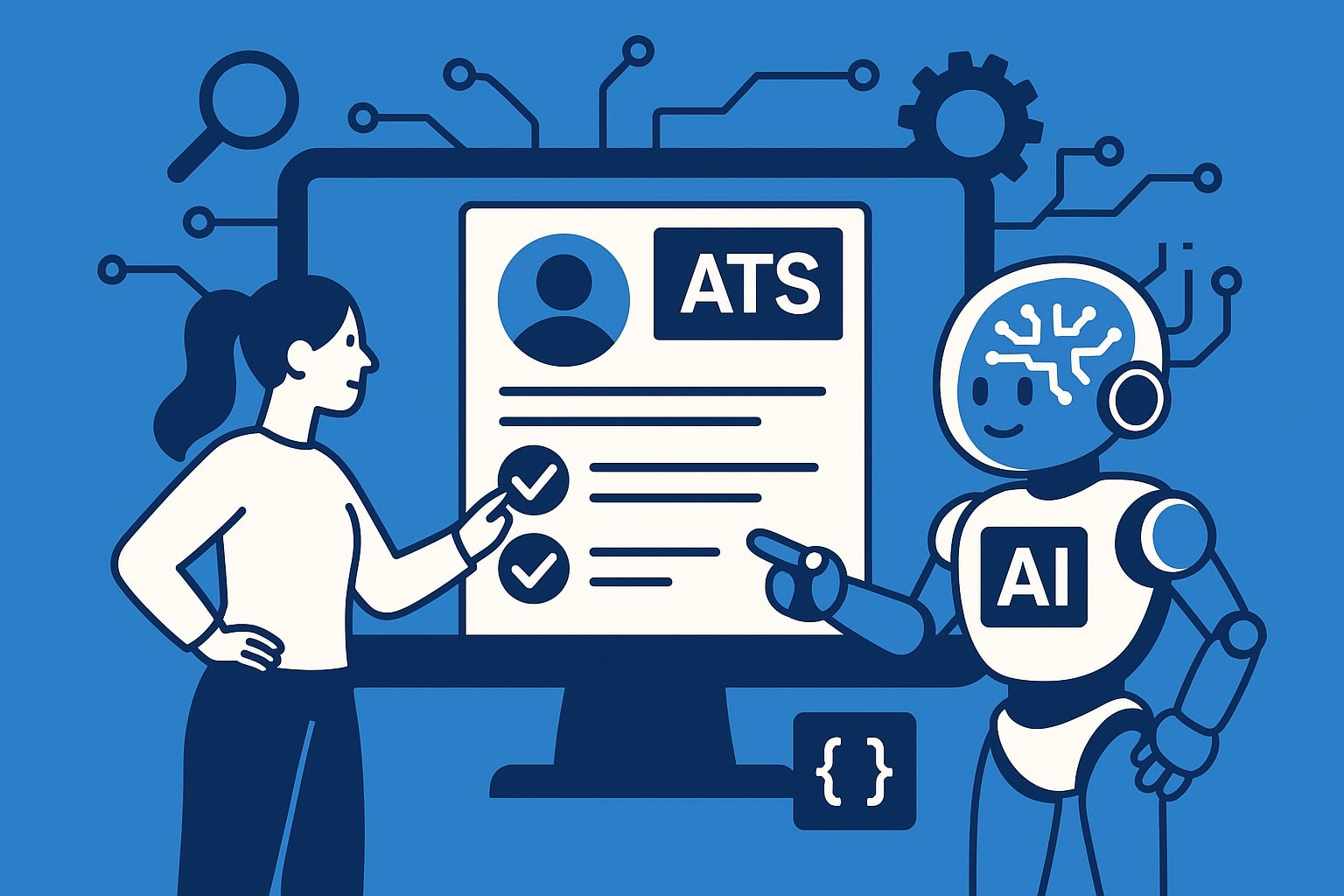Your LinkedIn profile is more than just an online resume—it’s your professional storefront, your networking hub, and often the first impression you make on recruiters, potential clients, and industry peers. Yet most professionals set up their profile once and rarely give it the attention it deserves. If you haven’t reviewed your LinkedIn profile in the past six months, you’re likely missing valuable opportunities.
This comprehensive guide walks you through every section of your LinkedIn profile, helping you transform it from a static placeholder into a dynamic career asset. Whether you’re actively job hunting, building your personal brand, or simply maintaining your professional presence, this review process will ensure your profile works as hard as you do.
Profile URL
Before anyone even sees your profile, they might encounter your LinkedIn URL. This seemingly minor detail is actually your digital business card, and customizing it is one of the easiest wins in profile optimization.
By default, LinkedIn assigns you a URL filled with random numbers: linkedin.com/in/john-smith-8b29a4156. This looks unprofessional, is impossible to remember, and wastes valuable space on your resume or business card.
Creating your custom URL:
- Navigate to your profile and click “Edit public profile & URL”
- Click the edit icon next to your URL on the right sidebar
- Choose a URL that’s professional and easy to remember
- Ideally, use your full name: linkedin.com/in/johnsmith
- If your name is taken, add your middle initial, profession, or location
A clean URL is easier to share verbally (“You can find me on LinkedIn at linkedin dot com slash in slash john smith”), looks polished on printed materials, and even provides minor SEO benefits when people search your name on Google. This five-minute task creates a lasting impression of professionalism.
Want to ensure your Profile URL follows best practices? Visit JobWinner’s Free LinkedIn Review feature to get instant feedback on whether your custom URL is optimized for maximum professional impact.
Profile Photo
Your profile photo is the first thing people notice, and profiles with photos receive 21 times more profile views than those without. But not just any photo will do—this is your professional calling card.
What makes a great LinkedIn photo:
- Professional quality with good lighting and sharp focus
- Your face takes up 60% of the frame
- Solid or simple background that doesn’t distract
- Appropriate business or business-casual attire
- A genuine, approachable smile
- Recent photo that actually looks like you
Avoid selfies, group photos where you’ve been cropped out, vacation snapshots, or overly filtered images. Your photo should make someone feel like they’d recognize you immediately if you walked into a meeting. If you’re cringing at your current photo or it’s more than three years old, it’s time for an update. Consider investing in a professional headshot—it’s worth the cost for the credibility it brings.
Background Banner
The banner image stretches across the top of your profile, and while many people leave it as the default LinkedIn blue, this 1584 x 396 pixel space is prime real estate for visual storytelling.
Pro Tip: Your banner should complement your personal brand without overwhelming your profile. Think of it as a billboard for your professional identity.
Consider these banner options:
- Industry imagery: A subtle image representing your field (technology, healthcare, design)
- Personal branding: Your company logo, tagline, or professional motto
- Action shots: You speaking at a conference, teaching, or in your work environment
- Abstract professionalism: Clean geometric designs or color gradients in your brand colors
The key is ensuring any text on your banner is readable and the image maintains quality at desktop and mobile sizes. Free tools like Canva offer LinkedIn banner templates that make creating a custom design surprisingly simple.
Headline
Your headline is the 220-character snippet that appears everywhere your name does on LinkedIn. It’s visible in search results, comments, and connection requests, making it one of the most important elements of your profile.
Common headline mistakes to avoid:
| Mistake | Why It Fails | Better Approach |
|---|---|---|
| Just your job title | Doesn’t differentiate you | Add value proposition or specialty |
| Too generic | Gets lost in search results | Include specific keywords |
| Jargon-heavy | Confuses readers | Use clear, accessible language |
| Outdated | Hurts credibility | Update with current role |
Instead of simply stating “Marketing Manager at XYZ Company,” craft a headline that captures what you do and the value you bring. For example: “Marketing Manager | Helping B2B SaaS Companies Scale Through Data-Driven Campaigns | Content Strategy Expert.”
Think about what your target audience is searching for. If you’re in sales, include “Business Development” or “Revenue Growth.” If you’re a designer, mention “UX/UI” or “Brand Identity.” The right keywords help you appear in searches while the value statement makes people want to learn more.
Wondering if your headline is search-optimized and compelling? Try JobWinner’s Free LinkedIn Review feature to analyze your headline’s effectiveness and discover keyword opportunities you might be missing.
Location
Your location might seem like a simple data point, but it plays a crucial role in how you appear in searches and who can find you. LinkedIn uses location as a primary filter for job searches, recruiter searches, and network recommendations.
Be specific but strategic with your location. If you’re in the New York metropolitan area, simply putting “New York” is fine. But if you’re in a smaller market, consider whether listing your specific city limits your visibility or accurately represents your work area.
Location considerations:
- For local professionals: Use your specific city to appear in local searches
- For remote workers: Consider listing a major nearby city for broader visibility, or use “Remote” if your work is entirely location-independent
- For job seekers: List where you want to work, not just where you currently are
- For international professionals: Include your country for global opportunities
Many companies now search for “Remote” as a location for distributed roles, so if you’re open to remote work, consider noting this in your headline or About section even if you list a physical location. The key is ensuring recruiters and connections in your target market can find you.
Unsure how to position your location for maximum opportunity? JobWinner’s Free LinkedIn Review feature provides personalized recommendations on optimizing your location settings based on your career goals.
About Section
The About section (formerly Summary) is your chance to tell your professional story in your own voice. You have 2,600 characters to make an impression—use them wisely.
Start with a hook that grabs attention. Instead of “I am a dedicated professional with extensive experience,” try something like “I’ve always believed that great design should be invisible—it solves problems so elegantly that users never notice the solution.” This immediately shows personality and perspective.
Structure your About section effectively:
- Opening paragraph: Your professional identity and what drives you
- Middle section: Key achievements, skills, and experience highlights
- Closing paragraph: What you’re currently focused on and how people can work with you
- Call to action: Invite connection, collaboration, or conversation
Write in first person to create connection—this is one place on LinkedIn where “I” statements work better than resume-speak. Share not just what you do, but why it matters. Include 3-5 key accomplishments with specific results when possible. Numbers stand out: “increased revenue by 40%” or “managed a team of 12” gives concrete evidence of your impact.
Don’t forget to make your About section skimmable. Use short paragraphs, and consider adding line breaks to improve readability. Some professionals even use emojis sparingly as visual breaks, though this depends on your industry’s formality level.
Want expert feedback on your About section? JobWinner’s Free LinkedIn Review feature analyzes your summary for storytelling impact, keyword optimization, and persuasiveness—helping you craft a narrative that converts viewers into connections.
Featured Section
The Featured section lets you showcase up to nine pieces of content—posts, articles, links, or media—that highlight your best work. This is gallery space for your professional achievements, yet many profiles leave it empty.
What to feature:
- Published articles or blog posts demonstrating thought leadership
- Presentations or speaking engagements
- Projects you’re proud of (with portfolio links)
- Media mentions or interviews
- Case studies or white papers you’ve contributed to
- Awards and certifications with supporting documentation
Curate this section strategically. These items should reinforce your professional brand and provide evidence of your expertise. If you’re job hunting, feature work samples relevant to roles you’re targeting. If you’re building authority in your field, showcase content that demonstrates your unique perspective.
Update this section quarterly. As you create new work or achieve new milestones, rotate items in and out to keep your profile fresh and relevant.
Need guidance on what to feature? JobWinner’s Free LinkedIn Review feature evaluates your Featured section and recommends high-impact content that showcases your expertise to maximum effect.
Experience Section
The Experience section is the backbone of your profile, but it shouldn’t be a copy-paste of your resume. LinkedIn offers more space and flexibility—use it to tell the story behind each role.
For each position, include:
- Clear job title and company name
- Accurate dates (month and year)
- Concise description of the company if it’s not well-known
- 3-5 bullet points highlighting key responsibilities and achievements
- Quantifiable results wherever possible
- Relevant skills demonstrated in that role
Remember: Recruiters spend an average of 6 seconds on an initial profile scan. Make your achievements pop with strong action verbs and specific metrics.
Start each bullet with strong action verbs: “Spearheaded,” “Developed,” “Transformed,” “Generated,” “Optimized.” Then add the what, the how, and most importantly, the result. For example: “Spearheaded the redesign of the customer onboarding process, reducing time-to-value by 35% and improving retention by 28%.”
Focus more detail on recent and relevant roles. Your current position might warrant 6-7 bullets, while a job from 15 years ago might only need 2-3. This isn’t about being comprehensive—it’s about being strategic with what you highlight.
Don’t forget to add rich media to your experience entries. If you can attach samples of your work, project photos, or presentations directly to specific roles, do it. This brings your accomplishments to life in ways text alone cannot.
Curious if your Experience section is compelling enough? Use JobWinner’s Free LinkedIn Review feature to get detailed feedback on your job descriptions, achievement statements, and how well you’re quantifying your impact.
Education Section
While your work experience typically carries more weight, the Education section remains important for credibility and searchability. It’s particularly crucial early in your career or when transitioning industries.
Include these details:
- Degree type and field of study
- Institution name
- Graduation year (optional if you’re concerned about age discrimination)
- Honors, GPA (if impressive and recent), or relevant coursework
- Activities, societies, or leadership roles
If you attended a prestigious institution or earned notable academic honors, this section can be a significant credibility booster. For career changers, highlighting relevant coursework or capstone projects can bridge the gap between your education and target role.
Consider adding entries for significant professional development—executive education programs, intensive bootcamps, or certificate programs from recognized institutions. These demonstrate commitment to continuous learning, which employers value highly.
Not sure if your Education section is complete? JobWinner’s Free LinkedIn Review feature checks whether you’re maximizing this section’s potential and suggests relevant details you might be missing.
Licenses & Certifications
In many industries, certifications are table stakes. The Licenses & Certifications section validates your expertise and shows you’re keeping skills current.
Certification best practices:
- Add the full, official certification name
- Include the issuing organization
- Note the issue date and expiration date if applicable
- Add the credential ID and URL when available
- Feature credentials with digital badges
Prioritize industry-recognized certifications over generic online course completions. A PMP, CPA, or AWS certification carries significant weight. That said, relevant coursework from platforms like Coursera, LinkedIn Learning, or edX can demonstrate initiative and specialized knowledge, especially in rapidly evolving fields like data science or digital marketing.
If you hold multiple certifications, list them in order of relevance to your current professional goals. And don’t let expired certifications linger—either renew them or remove them to avoid questions about outdated knowledge.
Skills Section
LinkedIn allows you to list up to 50 skills, but quality matters more than quantity. The skills you list serve two critical functions: they help you appear in recruiter searches and they provide social proof when connections endorse you.
Strategic skills selection:
| Priority | Skills to Include | Why They Matter |
|---|---|---|
| Top 3 | Core competencies for your role | Most visible; get most endorsements |
| Next 10 | Mix of hard and soft skills | Broaden search visibility |
| Remaining | Specialized or emerging skills | Show depth and adaptability |
Focus on skills that are both relevant to your work and commonly searched by recruiters. If you’re a project manager, “Agile Methodologies,” “Stakeholder Management,” and “Risk Assessment” should feature prominently. Research job descriptions in your field to identify which skills appear most frequently.
Pin your top three skills—these appear most prominently on your profile. Choose skills that differentiate you and align with where you want to go professionally, not just where you’ve been. The skill section updates regularly with suggestions, so review it quarterly and adjust as your expertise evolves.
Actively manage your endorsements. While they’re somewhat superficial, profiles with more endorsements appear more credible. Endorse connections genuinely for skills you’ve witnessed, and many will reciprocate.
Wondering if you’re listing the right skills? JobWinner’s Free LinkedIn Review feature analyzes your skills against industry standards and suggests high-demand skills that will make you more discoverable to recruiters.
Recommendations
Recommendations are the gold standard of LinkedIn social proof. Unlike endorsements, which require just a click, recommendations are written testimonials from people who’ve worked with you directly. They’re powerful because they’re harder to game and provide specific, credible stories about your capabilities.
Getting quality recommendations:
- Request them strategically from former managers, colleagues, and clients
- Make it easy by providing context about projects you worked on together
- Be specific about what you’d like them to highlight
- Offer to write one for them in return (but make this genuine, not transactional)
- Aim for 5-10 recommendations from diverse sources
The best recommendations include specific examples of your work, describe your impact, and highlight both technical abilities and interpersonal skills. A recommendation that says “John is great to work with” pales in comparison to “John led our product redesign, facilitating workshops with 15 stakeholders and delivering a solution that increased conversions by 42%.”
Don’t be shy about asking, but be thoughtful about timing. Request recommendations after successfully completing a major project, before transitioning to a new role, or when you’ve particularly impressed someone with your work. And always, always reciprocate with a thoughtful recommendation of your own.
Want to evaluate the quality and quantity of your recommendations? JobWinner’s Free LinkedIn Review feature provides insights on whether you have enough recommendations and from the right mix of professional relationships.
Accomplishments Section
The Accomplishments section is a catch-all for achievements that don’t fit neatly elsewhere. This includes publications, patents, courses, projects, honors and awards, test scores, languages, and organizations.
Publications: If you’ve written articles, research papers, or books, list them here with links where possible. This establishes thought leadership and expertise.
Projects: Describe significant projects you’ve led or contributed to, particularly if they’re not covered adequately in your Experience section. Include project outcomes and your specific role.
Honors & Awards: Industry awards, company recognition, or academic honors all belong here. Be specific about what you were recognized for and by whom.
Languages: In our global economy, language skills are increasingly valuable. List your proficiency level honestly—recruiters may test this during interviews.
This section is entirely optional, so only include accomplishments that genuinely enhance your profile. Five impressive items beat twenty mediocre ones. Think of this as the highlight reel of achievements that make you unique.
Volunteer Experience
The Volunteer Experience section humanizes your profile and can be particularly valuable when you’re career changing or early in your professional journey. It demonstrates values, skills, and initiative beyond paid work.
Many professionals underestimate volunteer work’s value. Board service, pro bono consulting, mentorship programs, or community organizing all demonstrate leadership, commitment, and diverse skill application. These experiences can fill employment gaps, show career-relevant skills, or highlight your character and priorities.
Treat volunteer positions with the same care as paid roles: include the organization, your role, dates, and specific contributions or achievements. If you led a fundraising campaign that raised $50,000 or mentored 20 students through a coding bootcamp, those are impressive accomplishments regardless of whether you were paid.
Interests Section
The Interests section shows which companies, groups, schools, and influencers you follow. While less critical than other sections, it provides conversation starters and signals your professional interests to profile visitors.
Follow thought leaders in your industry, companies you admire or want to work for, alumni groups, and professional associations. This keeps your feed filled with relevant content and subtly communicates your areas of focus and aspiration.
Want to optimize what your Interests section says about you? JobWinner’s Free LinkedIn Review feature can suggest strategic follows that align with your career objectives and industry positioning.
Activity & Posts
Your recent activity appears on your profile—posts you’ve shared, articles you’ve written, and content you’ve engaged with. This living section shows you’re an active professional, not just a profile placeholder.
Aim to post or share valuable content at least weekly. This might be:
- Insights from your work
- Industry news with your perspective
- Celebrations of team wins
- Thoughtful questions to your network
- Original articles on topics you know deeply
Engagement matters as much as posting. Commenting thoughtfully on others’ content increases your visibility and demonstrates your expertise. The LinkedIn algorithm favors active users, so regular engagement helps your profile appear in more searches and recommendations.
Languages
In our increasingly global business environment, language skills can be a significant differentiator. The Languages section lets you showcase multilingual abilities that might open doors to international opportunities, diverse teams, or global client work.
How to present your language skills effectively:
- Be honest about proficiency levels: LinkedIn offers Native/Bilingual, Full Professional, Professional Working, Limited Working, and Elementary
- Prioritize business relevance: List languages you can actually use in professional settings
- Consider cultural competency: Languages signal not just communication ability but cultural understanding
- Update as skills improve: Learning a new language? Add it and update proficiency as you progress
Don’t undersell language abilities that might seem common in your region. If you’re bilingual in English and Spanish in Miami, that’s still valuable to note—many roles specifically seek bilingual candidates. Similarly, if you’re learning a language relevant to your industry or target market (Mandarin for tech, Portuguese for emerging markets), include it even at lower proficiency levels to show initiative.
For professionals working with international teams or clients, language skills can be the deciding factor between candidates with similar technical qualifications. They demonstrate adaptability, cultural awareness, and the ability to connect across borders—all highly valued in modern business.
Need guidance on presenting your language skills? JobWinner’s Free LinkedIn Review feature assesses whether you’re leveraging your multilingual abilities effectively and suggests how to position them for maximum career advantage.
URL Customization
This is a small but important detail: customize your LinkedIn URL. Instead of the default string of numbers (linkedin.com/in/john-smith-123456789), create a clean URL like linkedin.com/in/johnsmith or linkedin.com/in/johnsmithmarketing.
A custom URL looks more professional on business cards and resumes, is easier to share verbally, and provides slight SEO benefits. You can edit this in your profile settings under “Edit public profile & URL.”
Privacy Settings & Profile Optimization
Finally, review your privacy settings to ensure your profile works for you. Key settings to check:
- Profile visibility: Is your profile public so recruiters can find you?
- Photo visibility: Can everyone see your profile photo?
- Activity broadcasts: Do you want connections notified of every profile update?
- Profile viewing options: Are you comfortable with people knowing you viewed their profile?
For job seekers, maximum visibility typically serves you best. If you’re currently employed and conducting a discreet search, you might limit activity broadcasts and view profiles in private mode.
Your Action Plan: The 30-Day Profile Transformation
Reviewing and optimizing your LinkedIn profile isn’t a one-time task—it’s an ongoing process. Here’s how to tackle it:
Week 1: Update the basics—photo, headline, About section, and contact information.
Week 2: Revamp your Experience section with achievement-focused descriptions and rich media.
Week 3: Complete remaining sections—Skills, Certifications, Education, and Accomplishments.
Week 4: Request recommendations, customize your URL, and establish a content-sharing rhythm.
Then, schedule quarterly reviews to keep everything current. Set a recurring calendar reminder for the first of each quarter to spend 30 minutes updating your profile with new accomplishments, skills, and activities.
Your LinkedIn profile is never truly finished—it grows and evolves with your career. But with this comprehensive review, you’ll transform it from a passive presence into an active tool that opens doors, builds relationships, and advances your professional goals.
The bottom line: A well-crafted LinkedIn profile isn’t vanity—it’s visibility. It’s the difference between waiting for opportunities and having them come to you. Your profile is working 24/7 on your behalf. Make sure it’s telling the story you want the world to hear.








